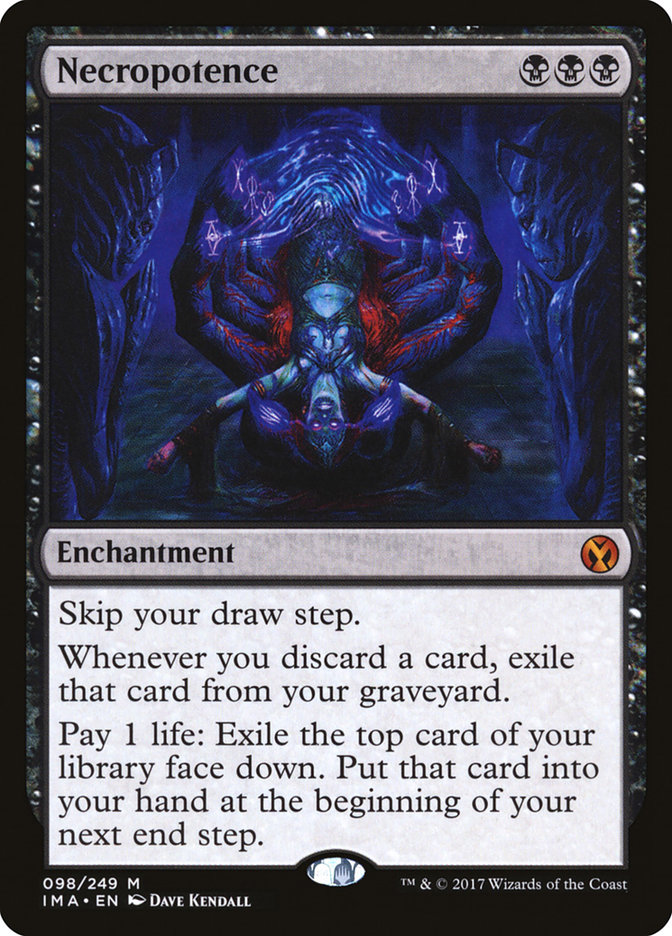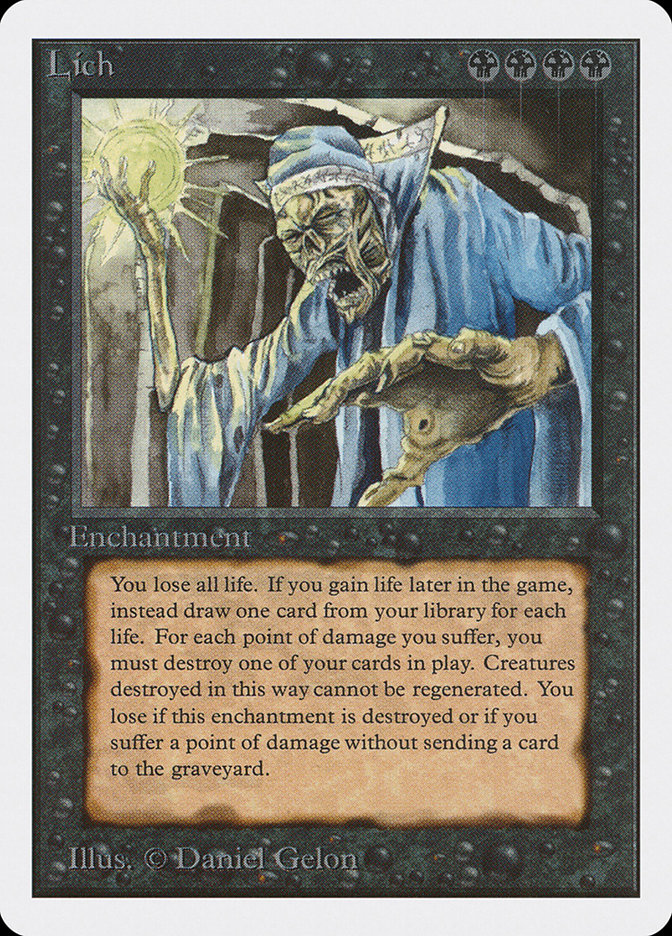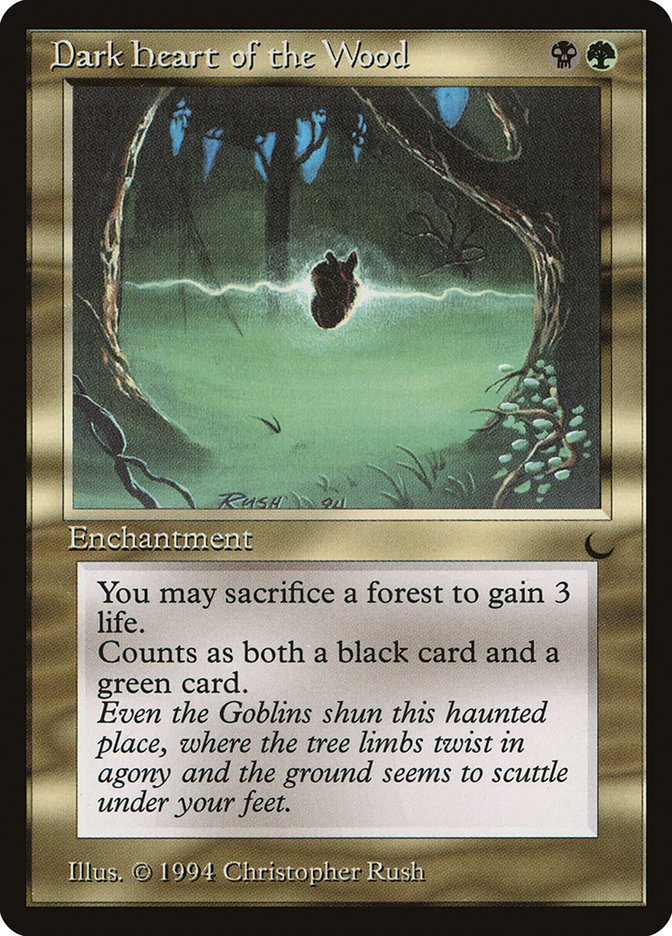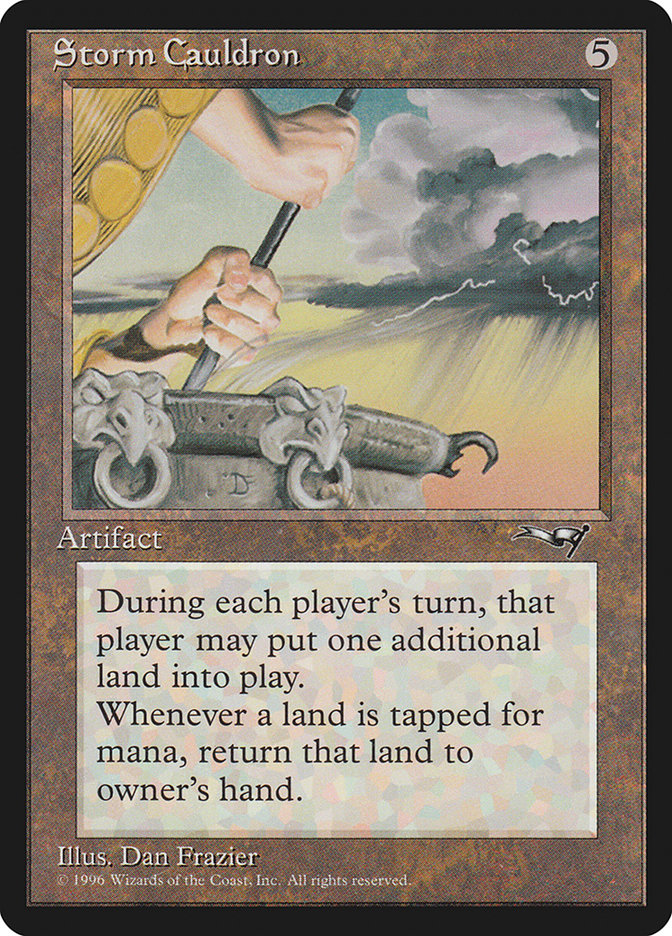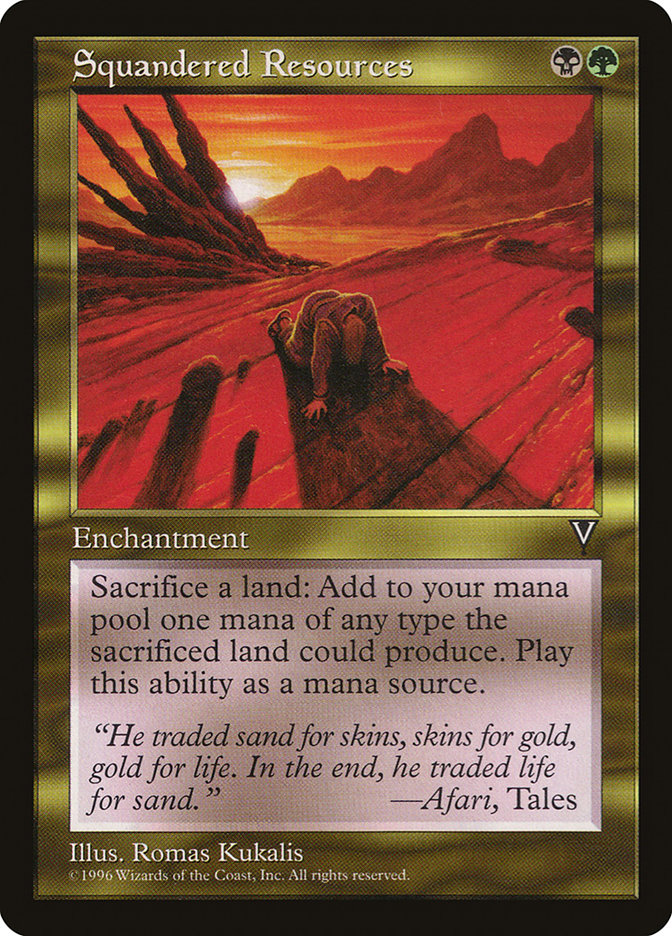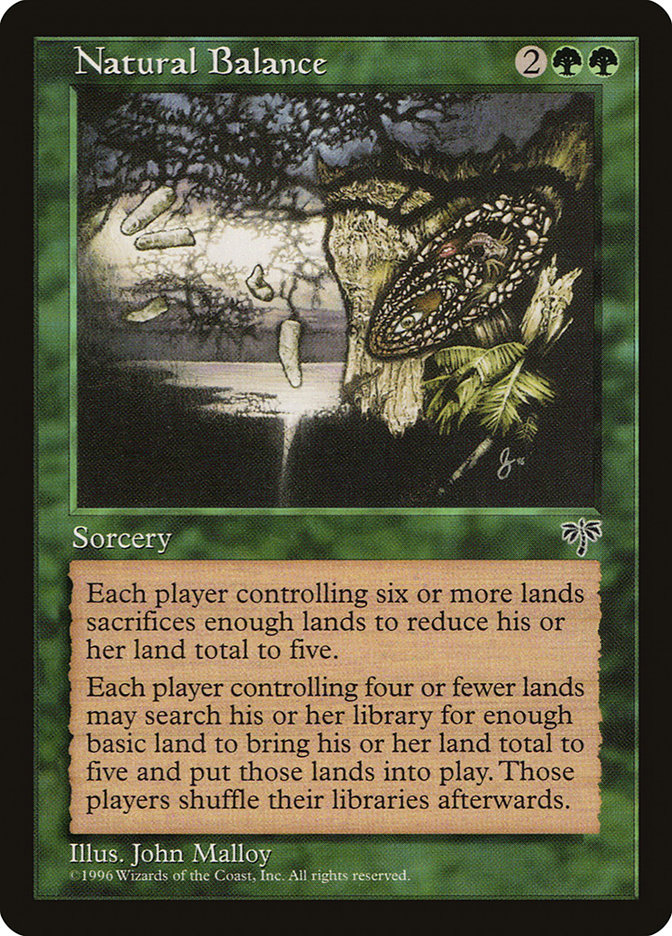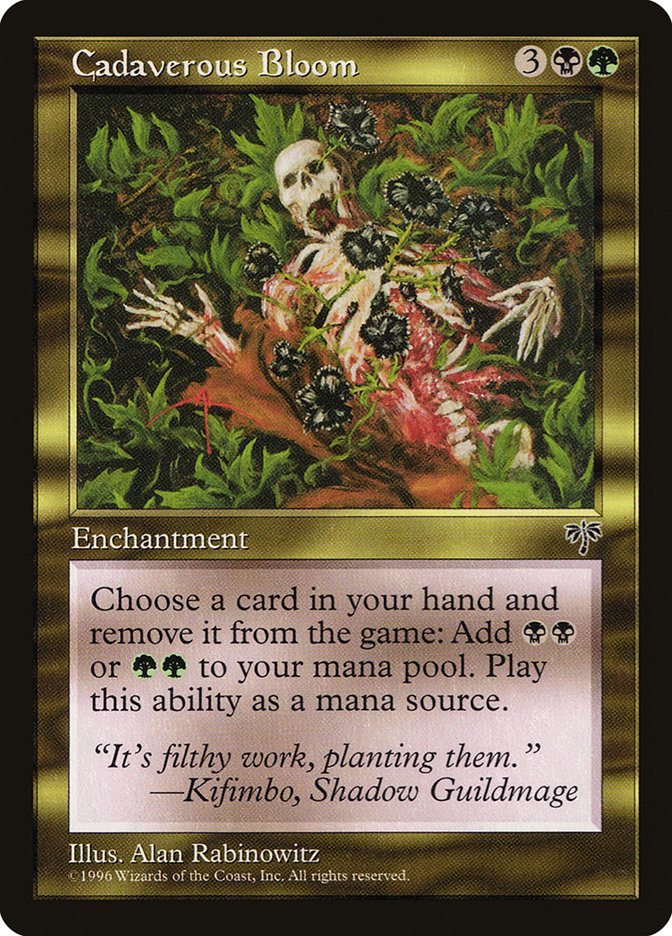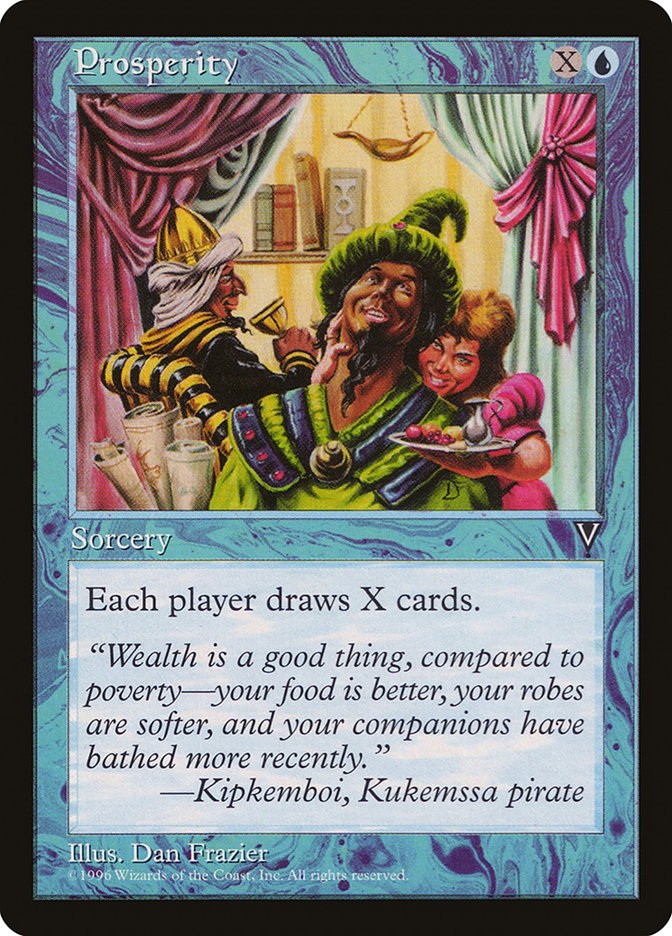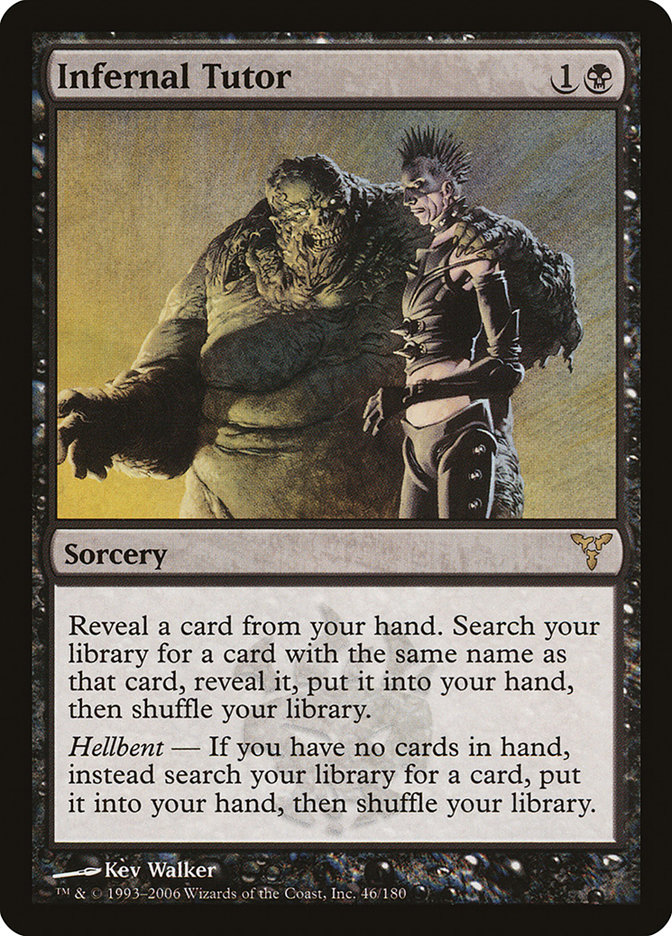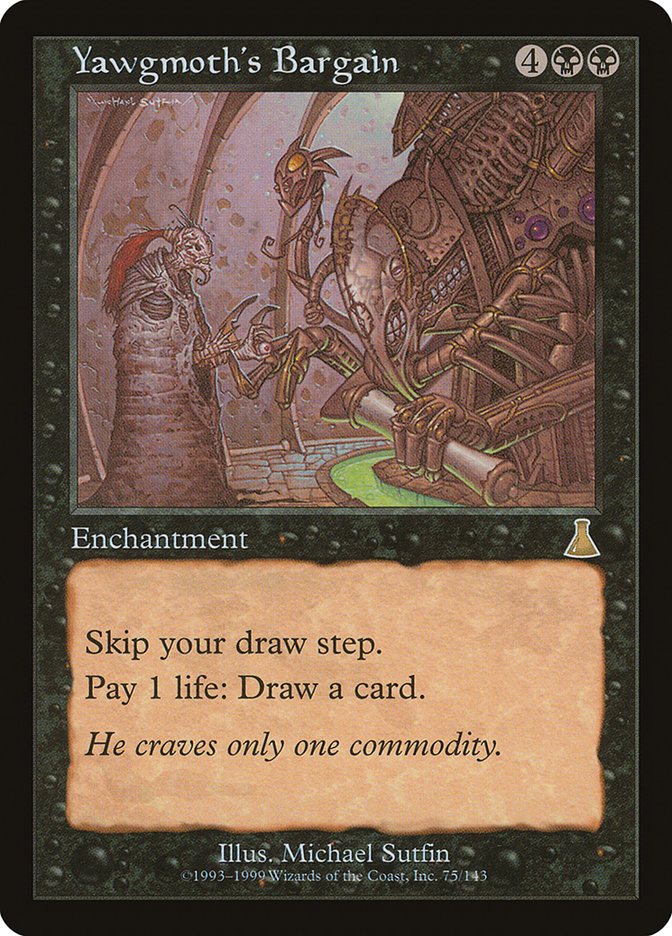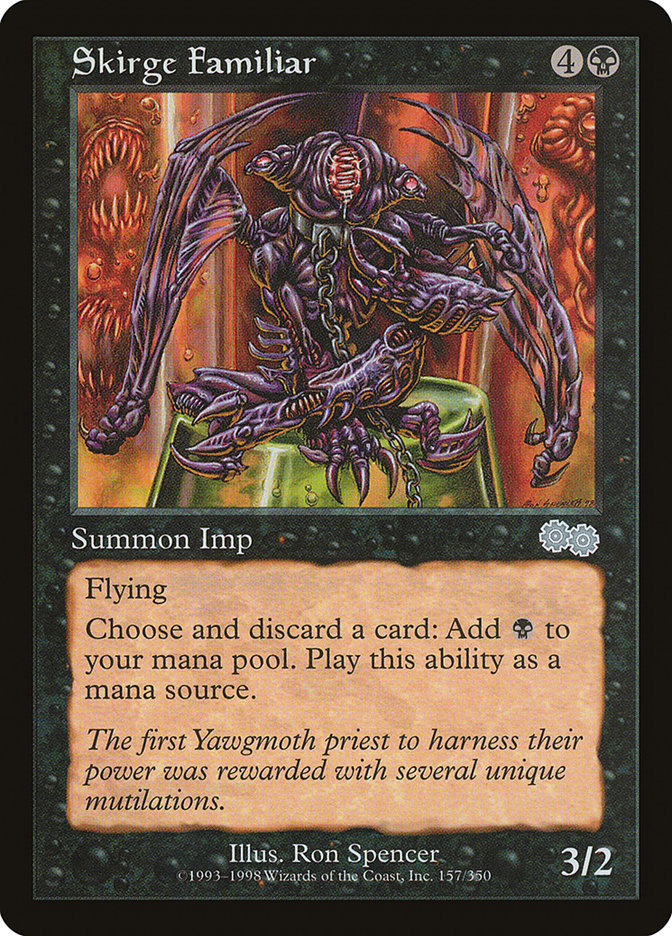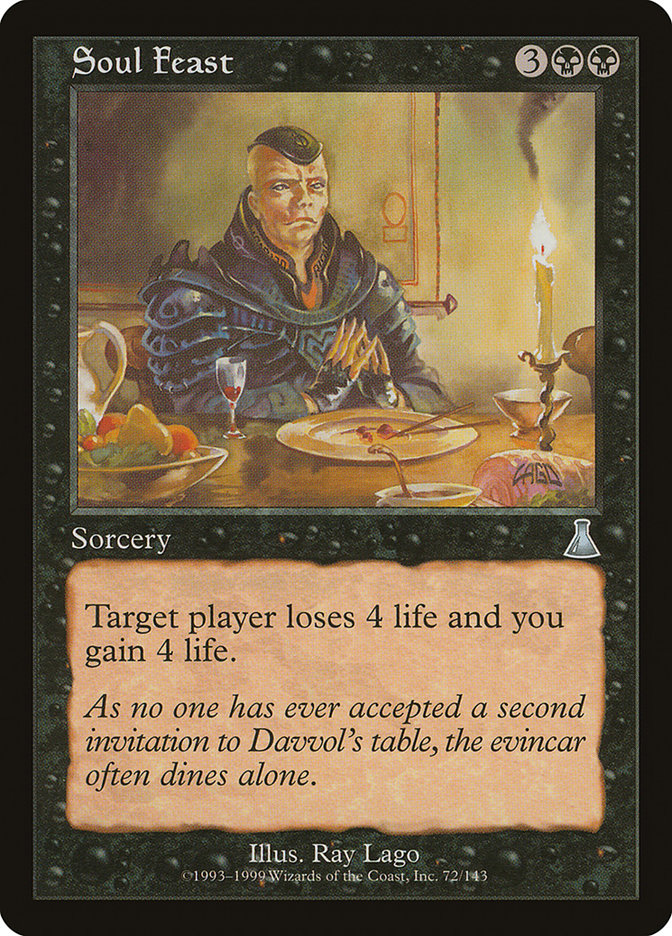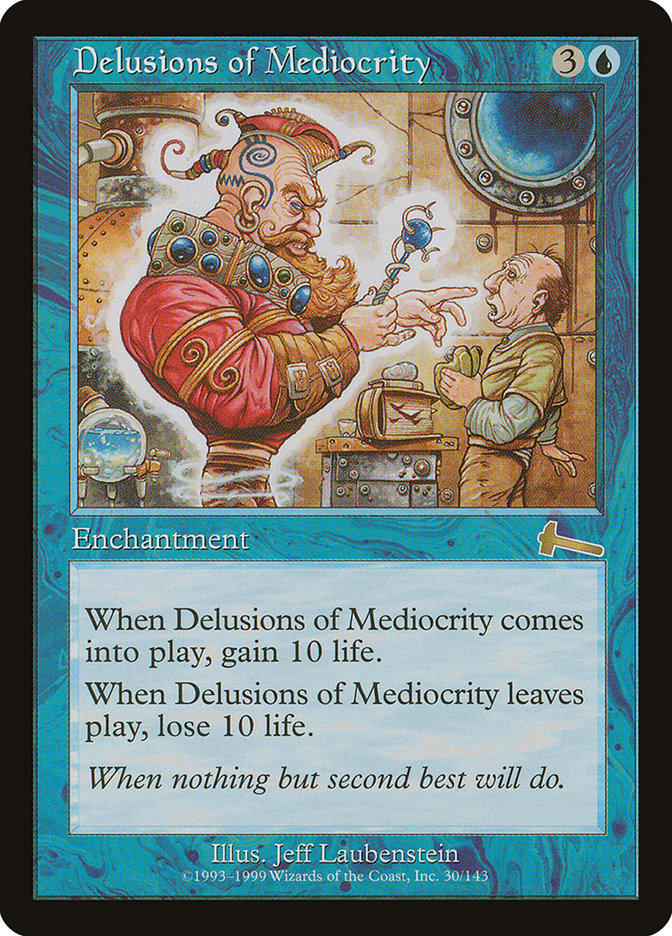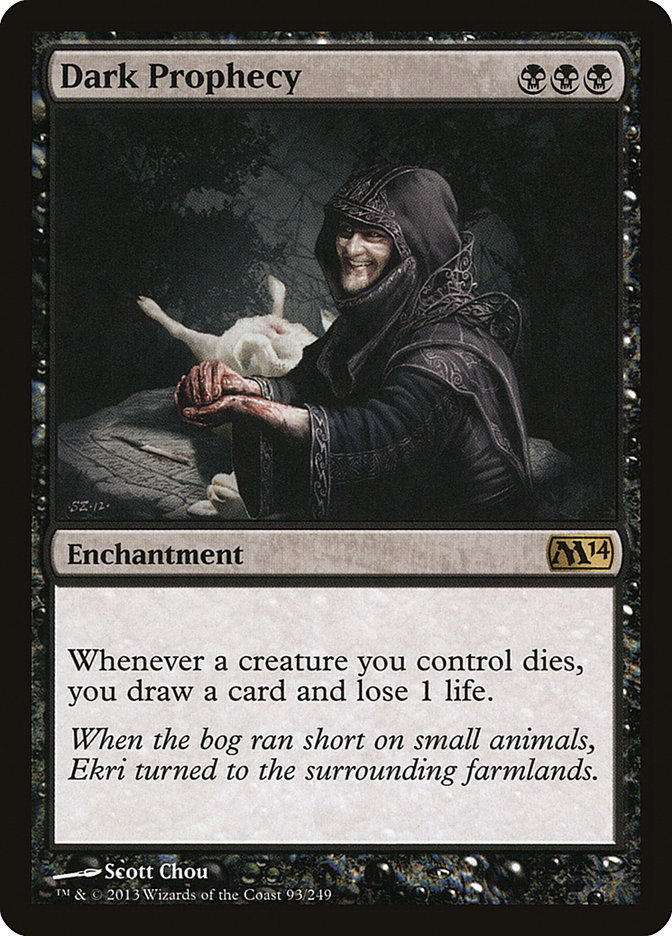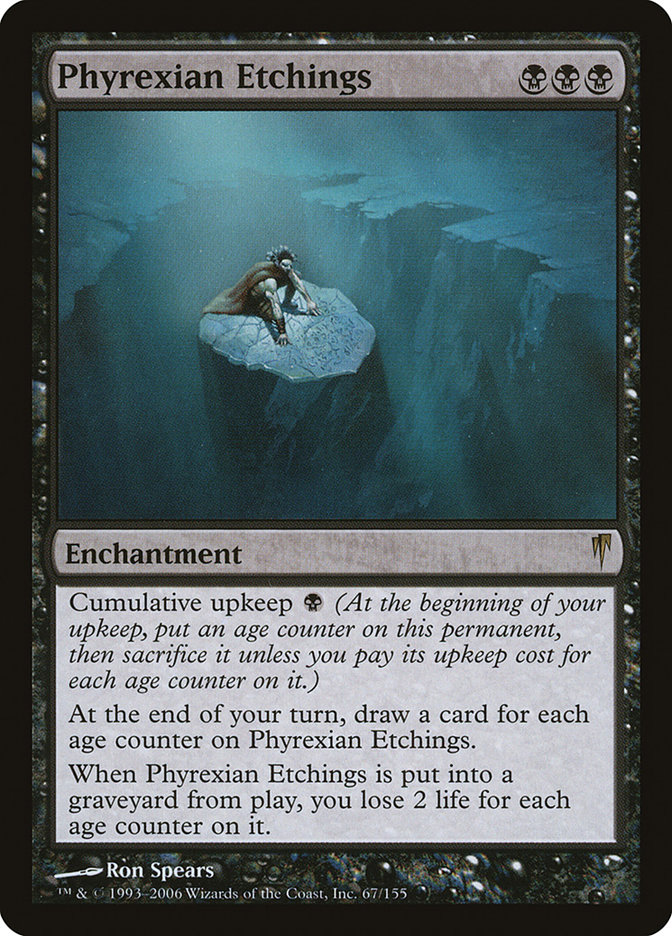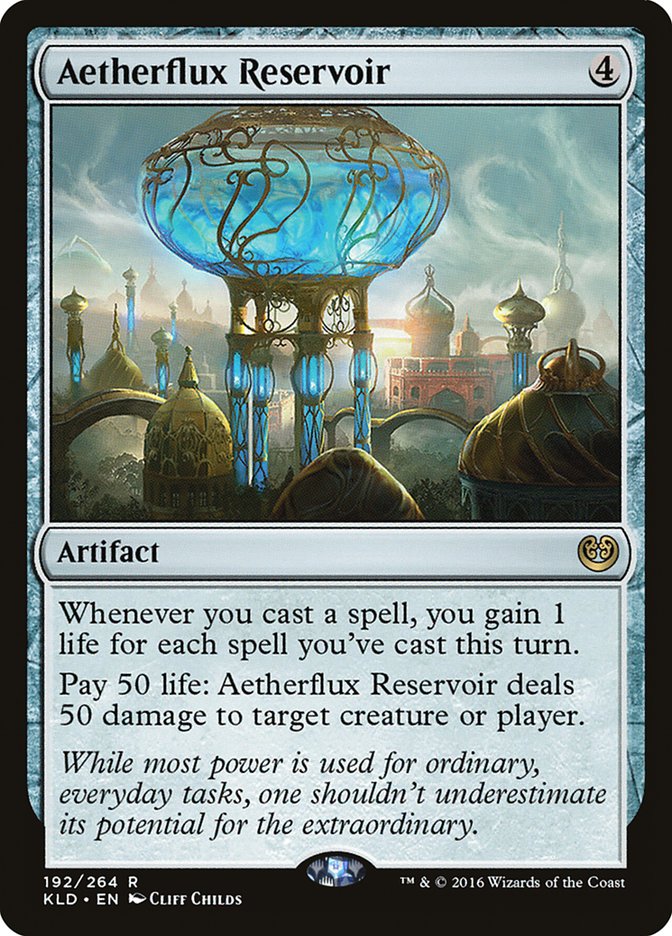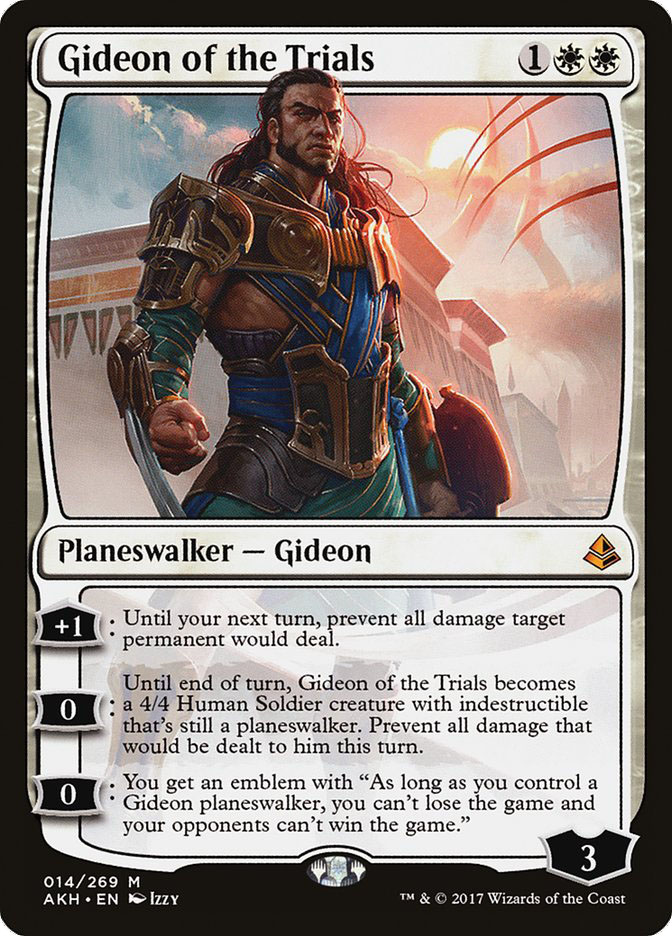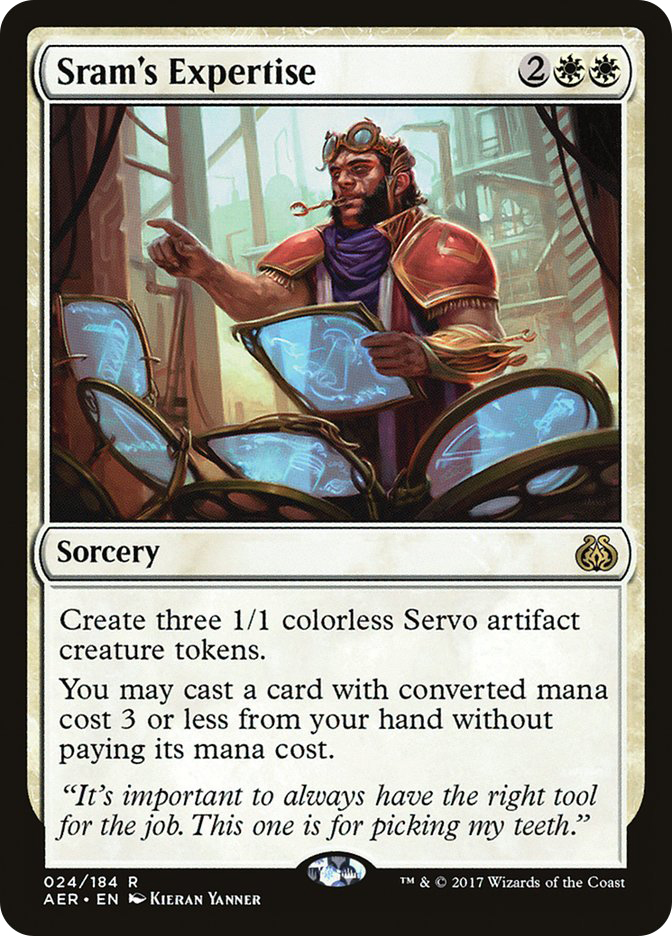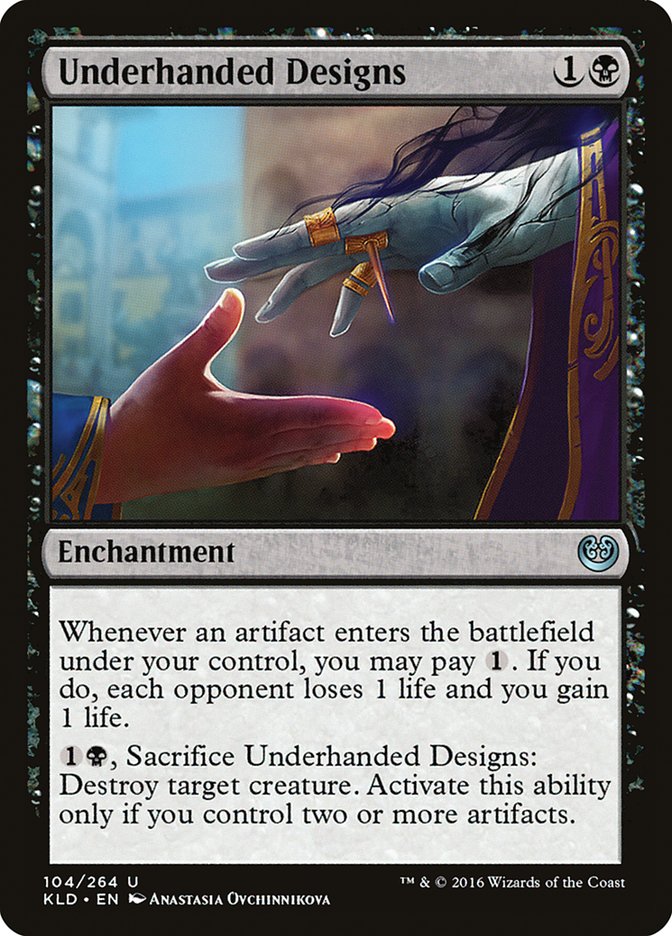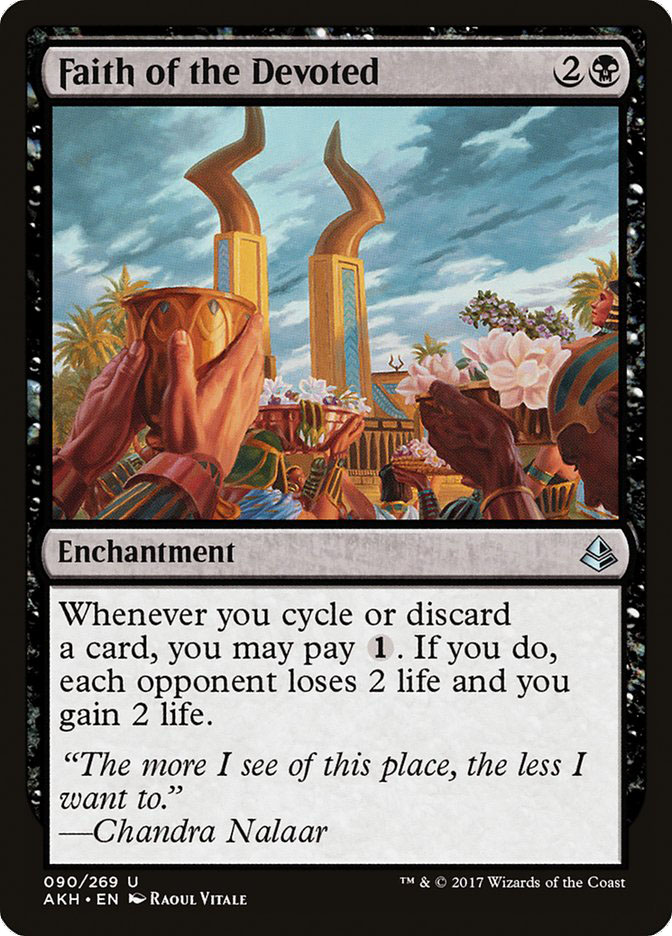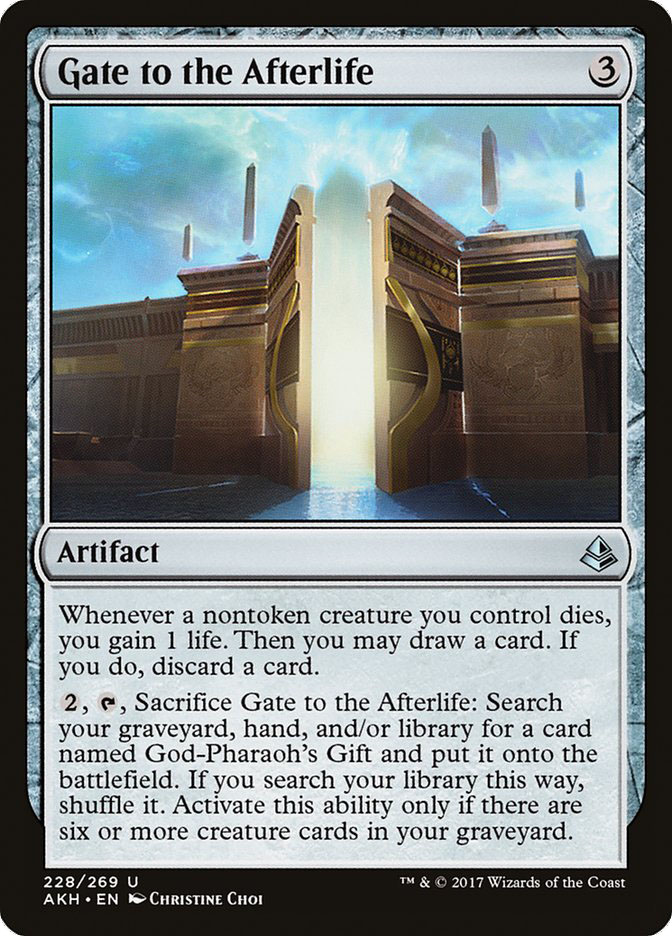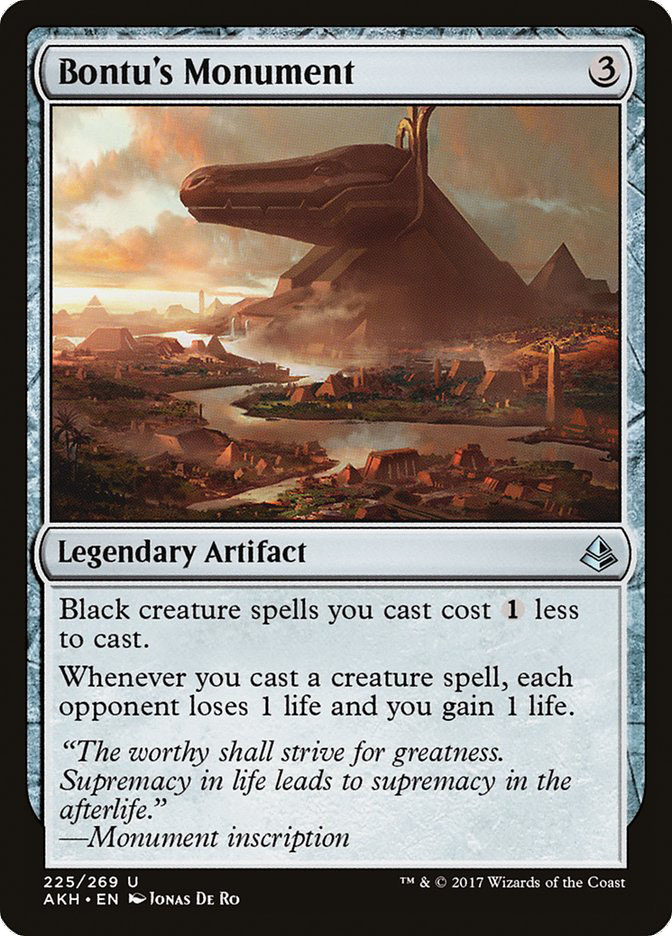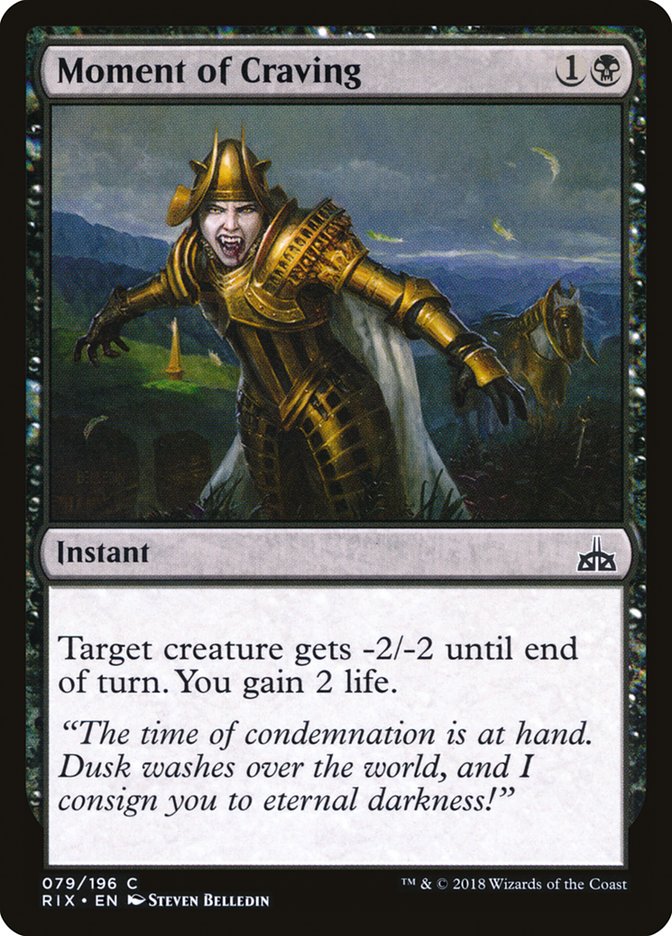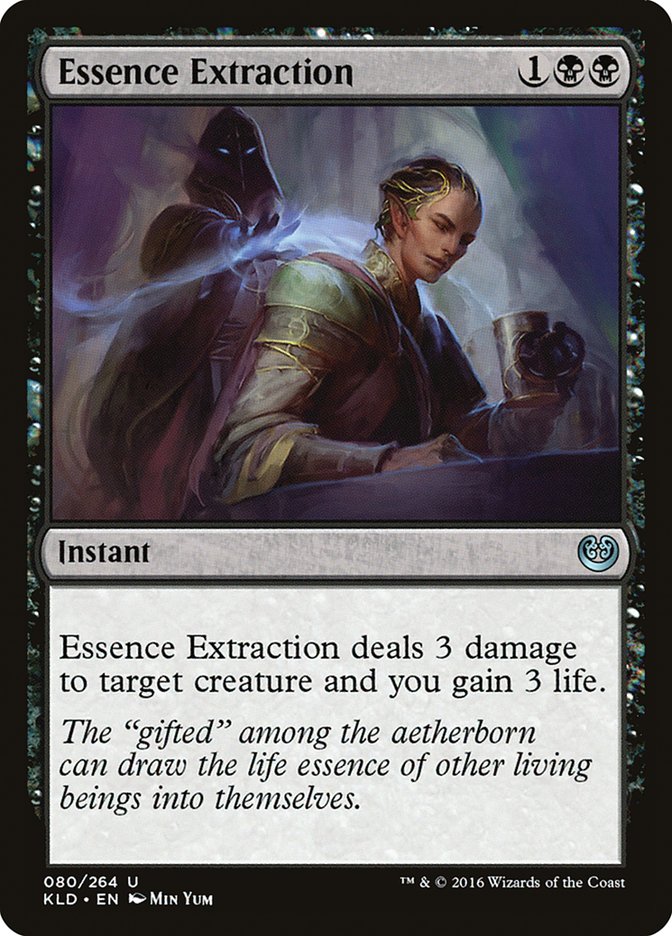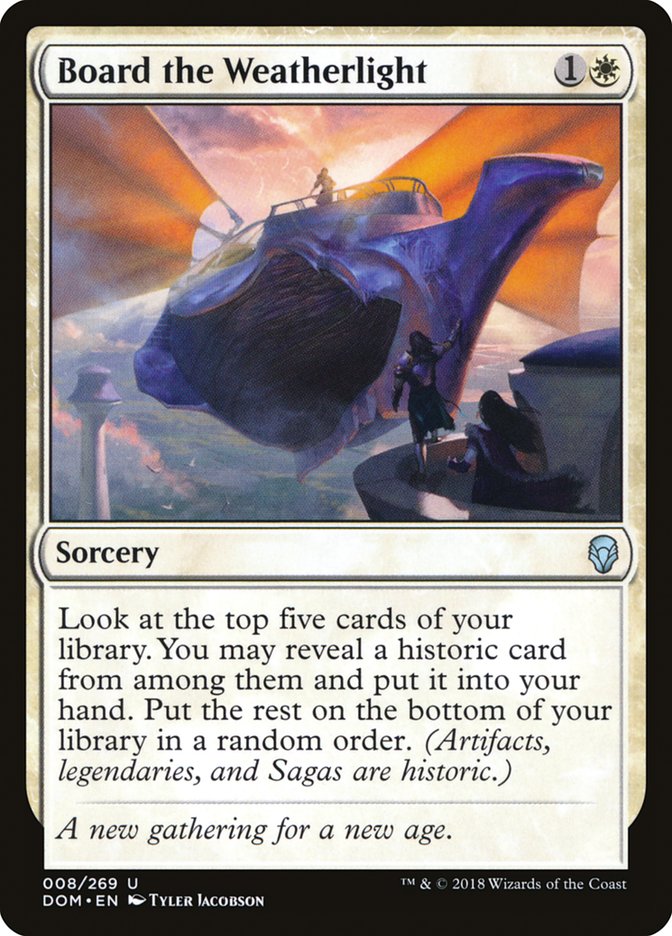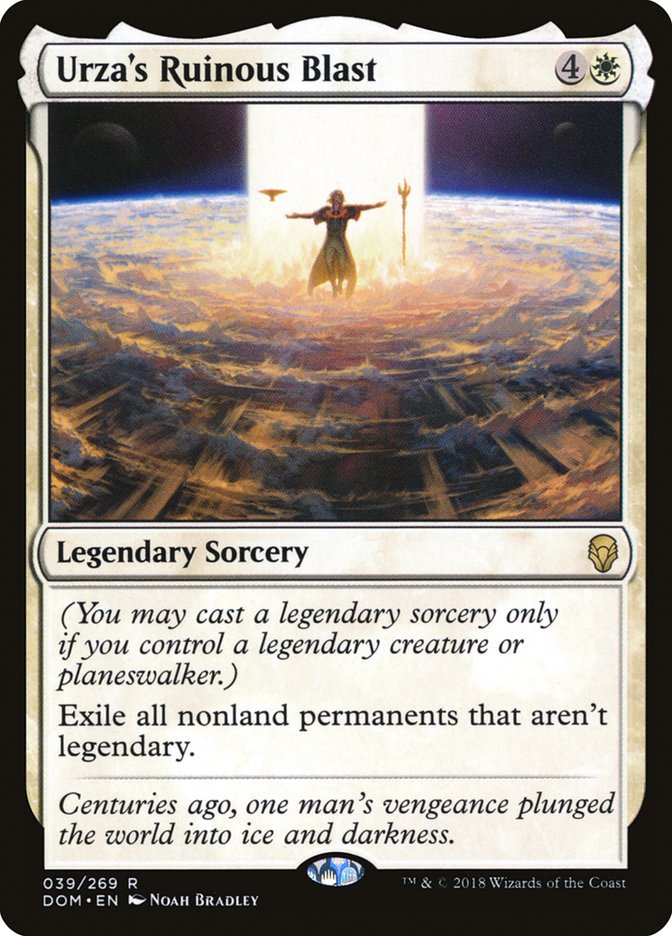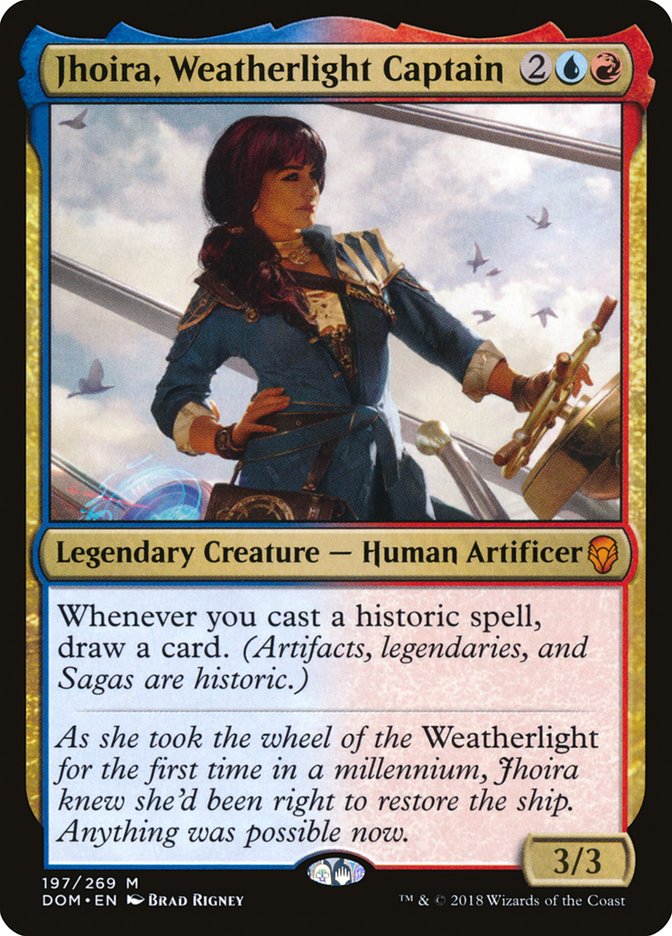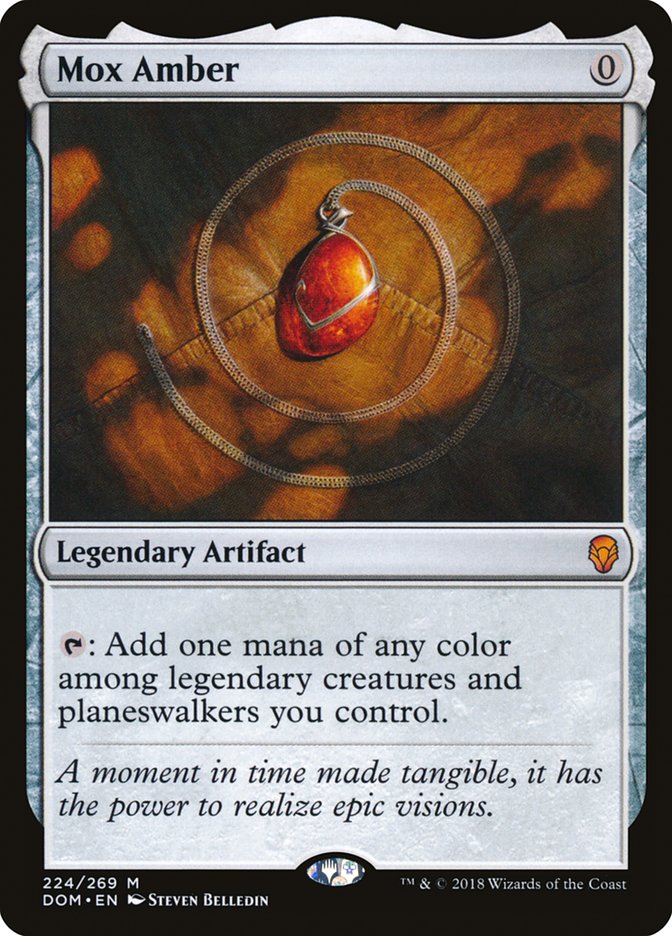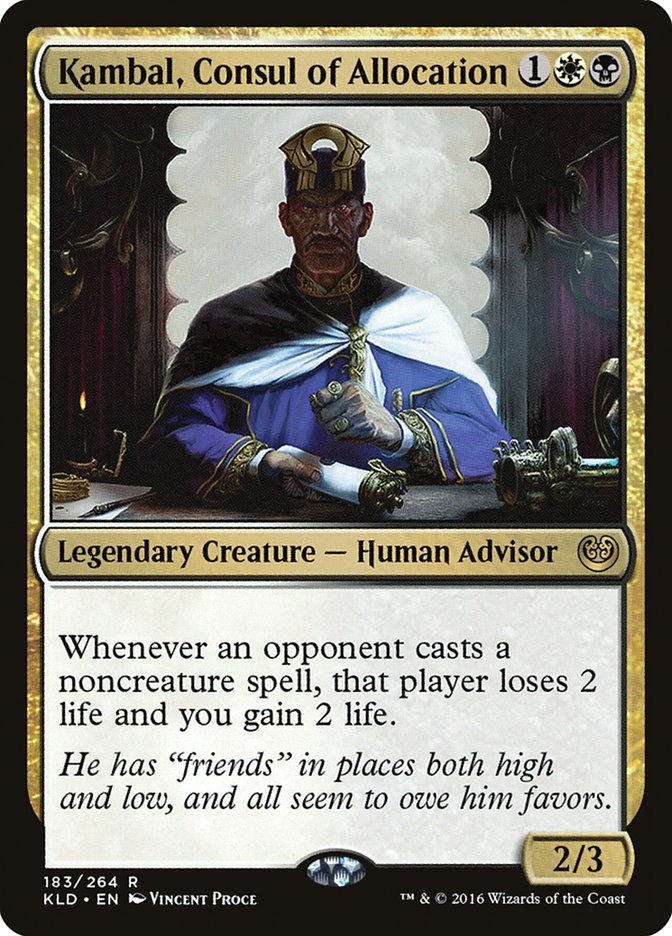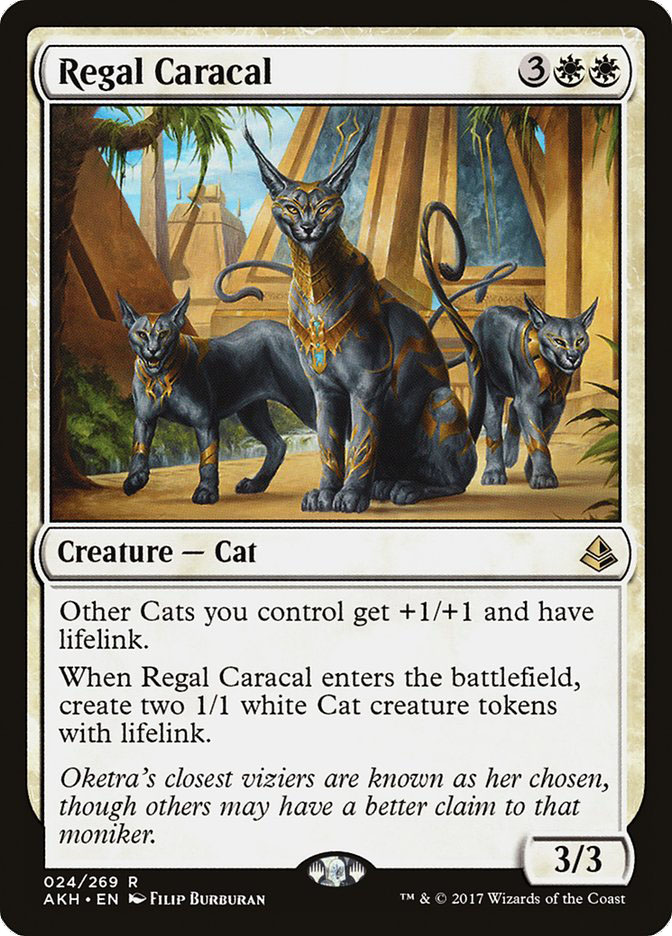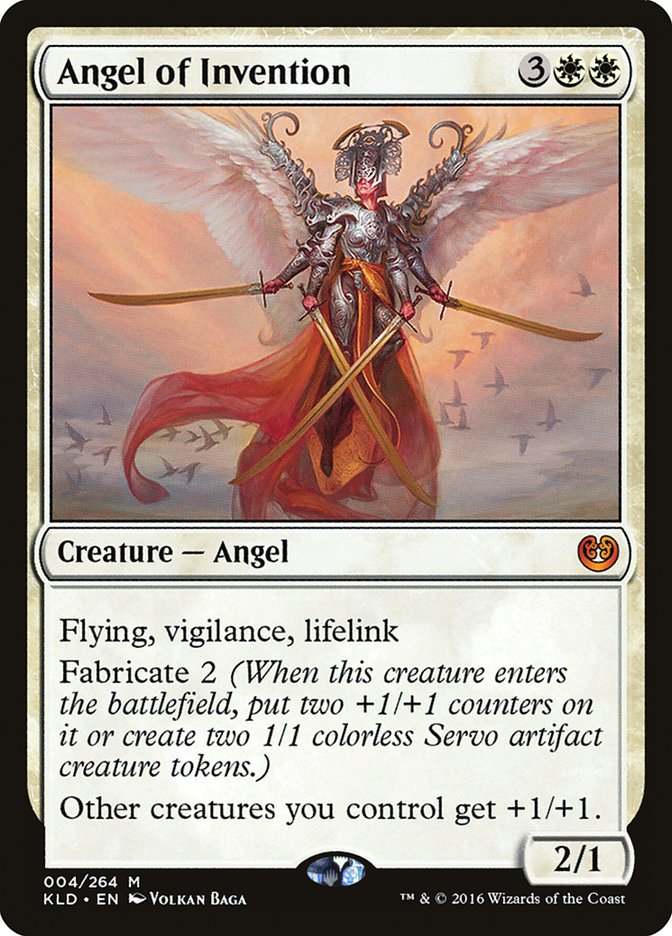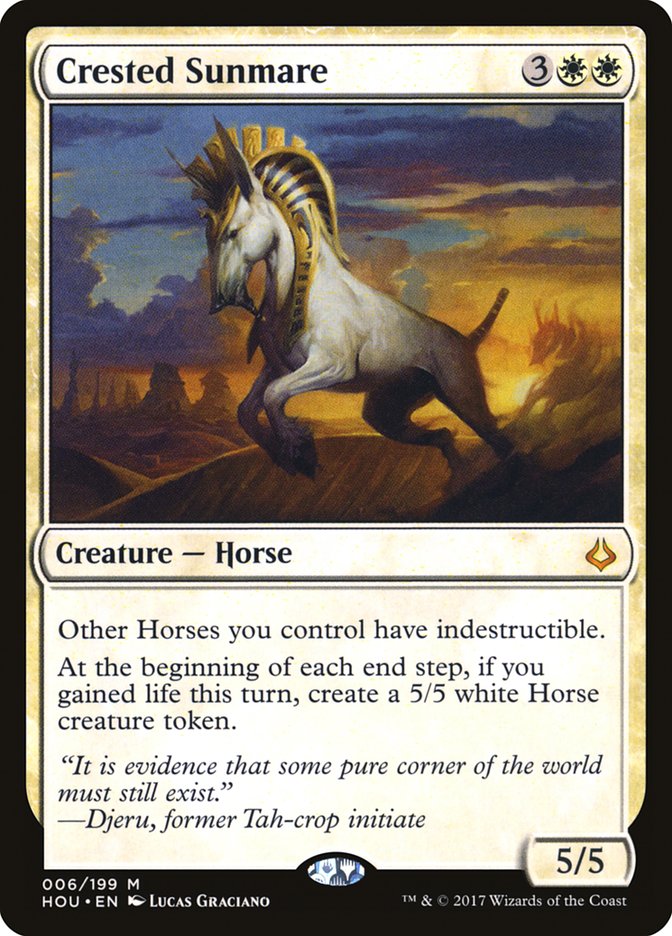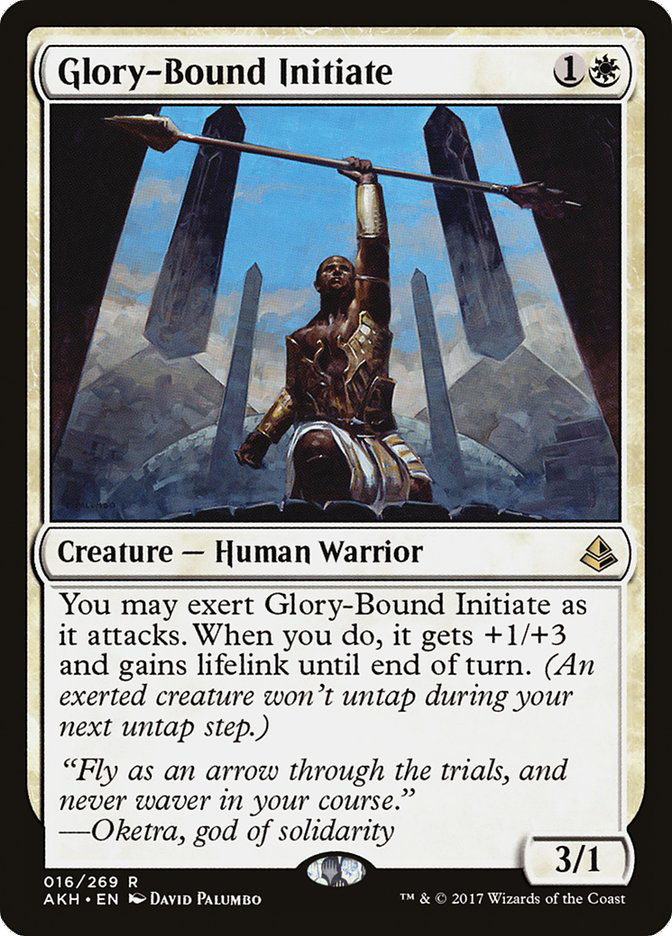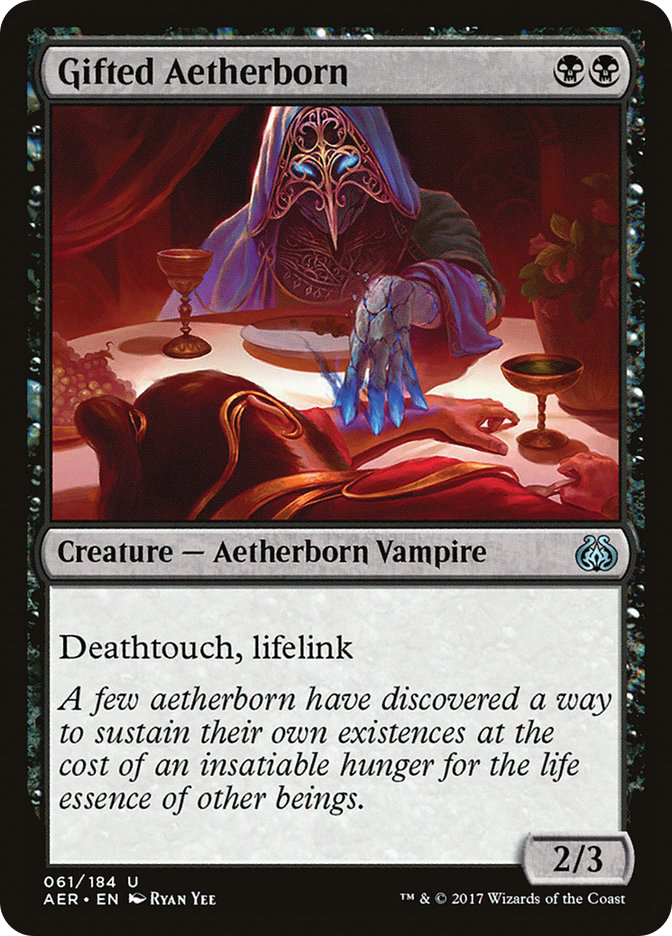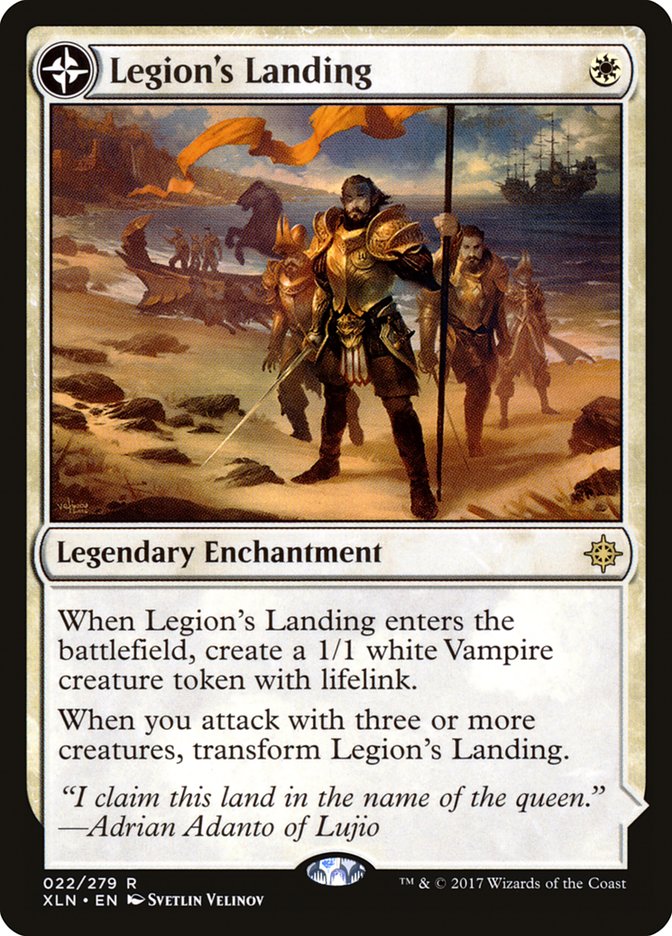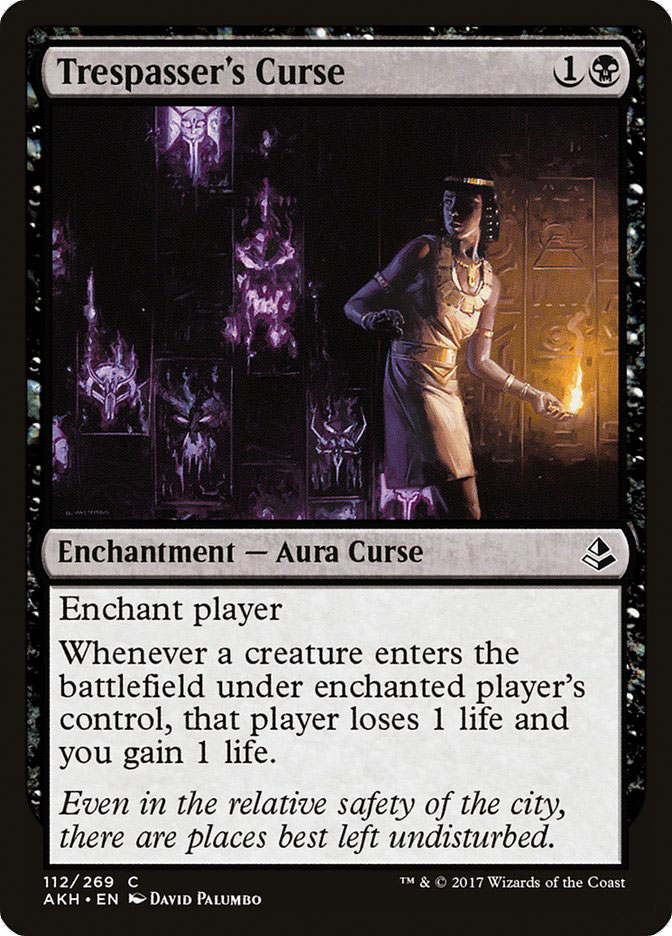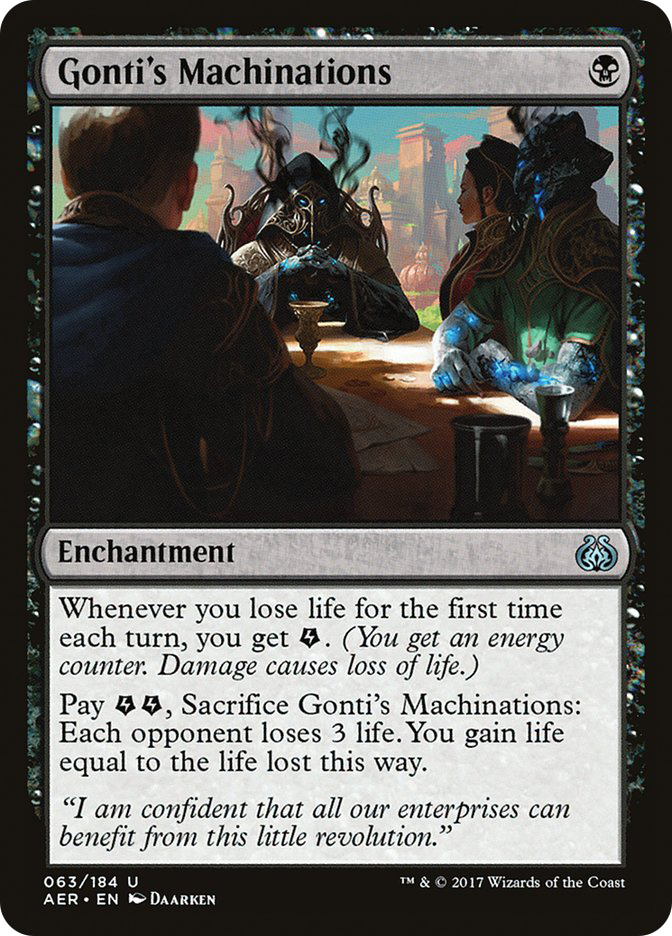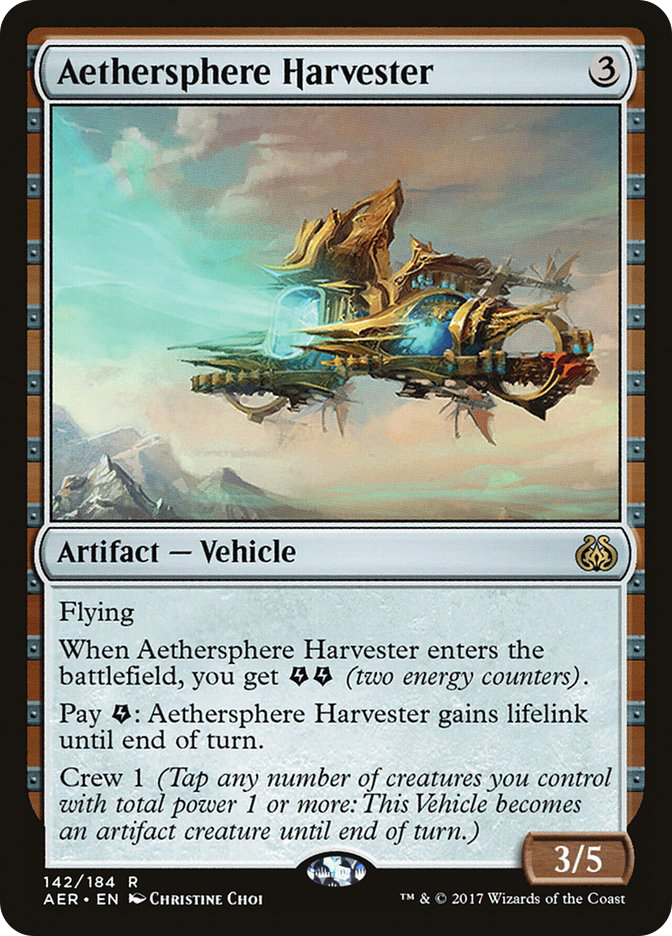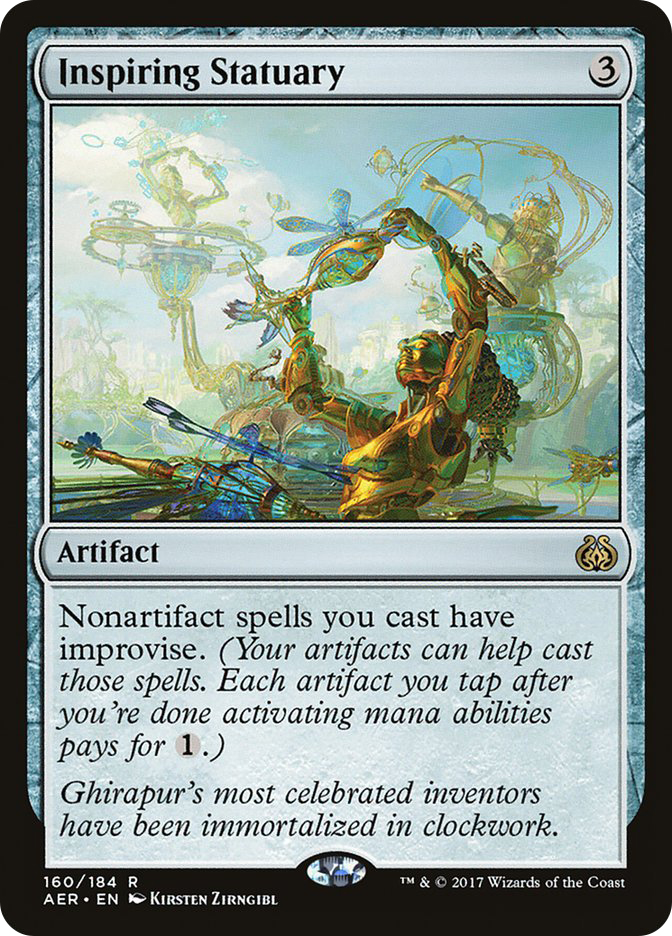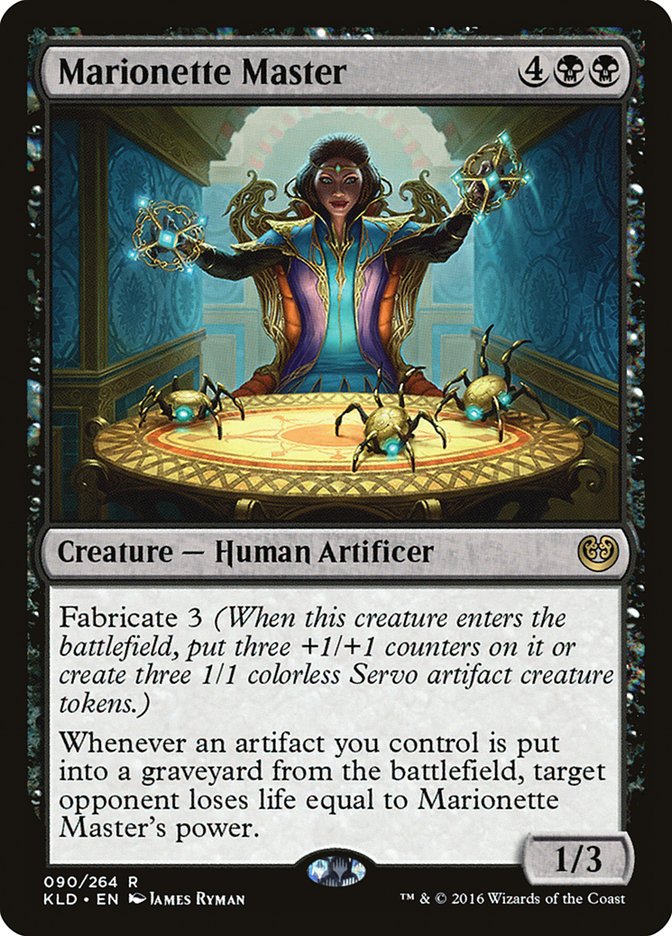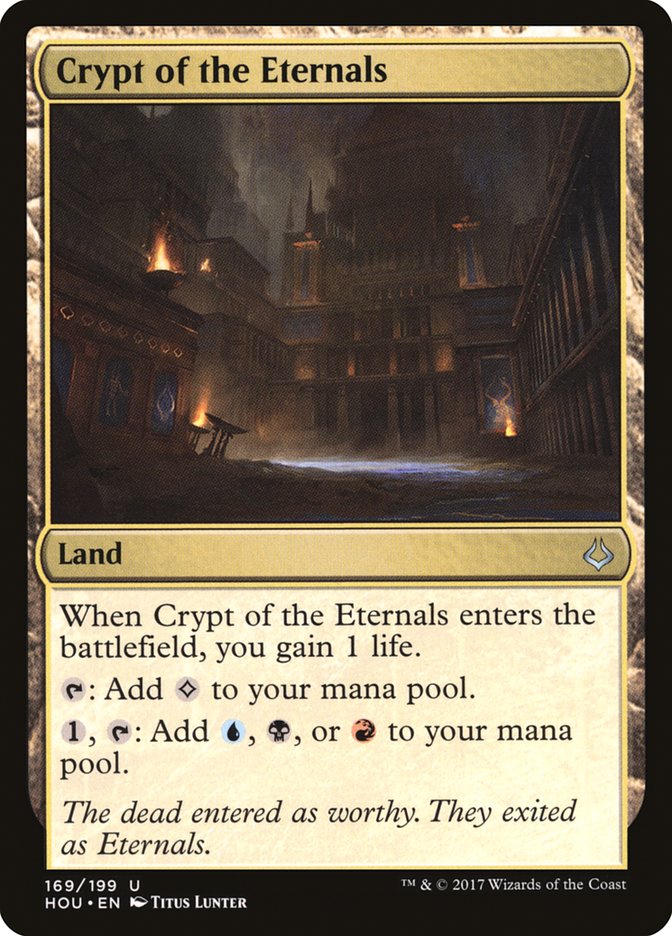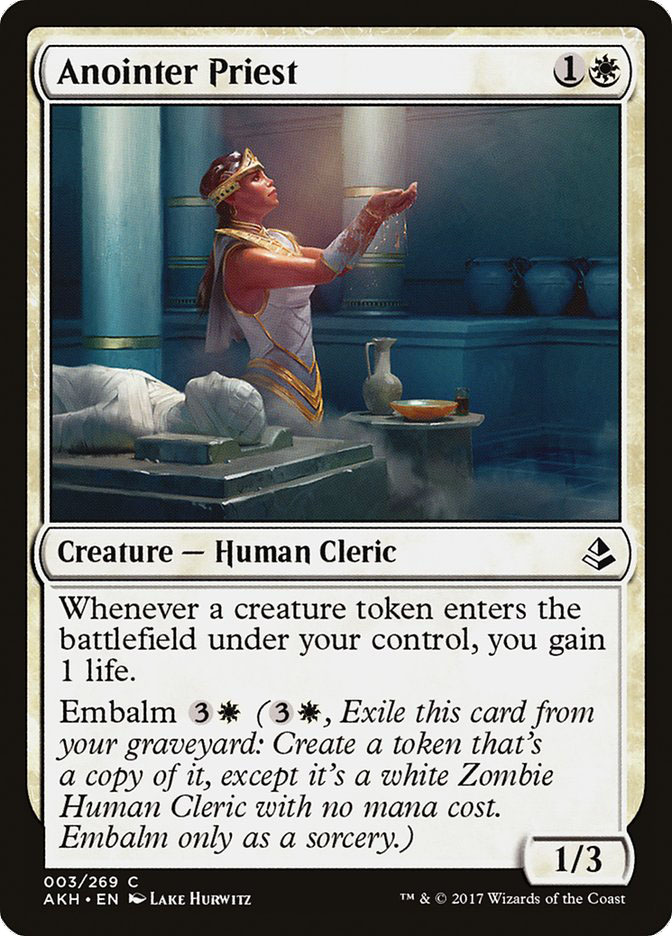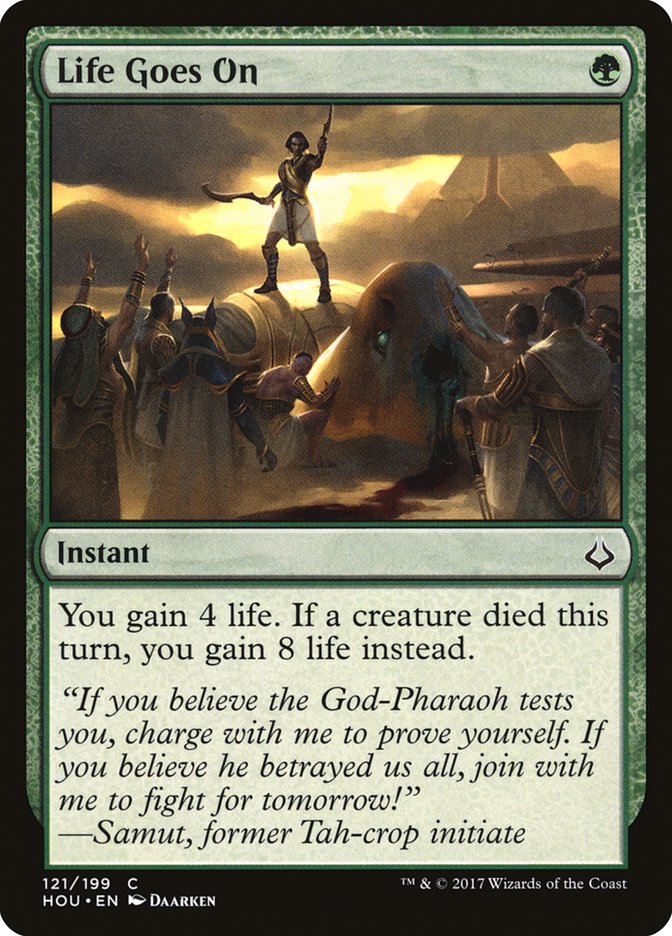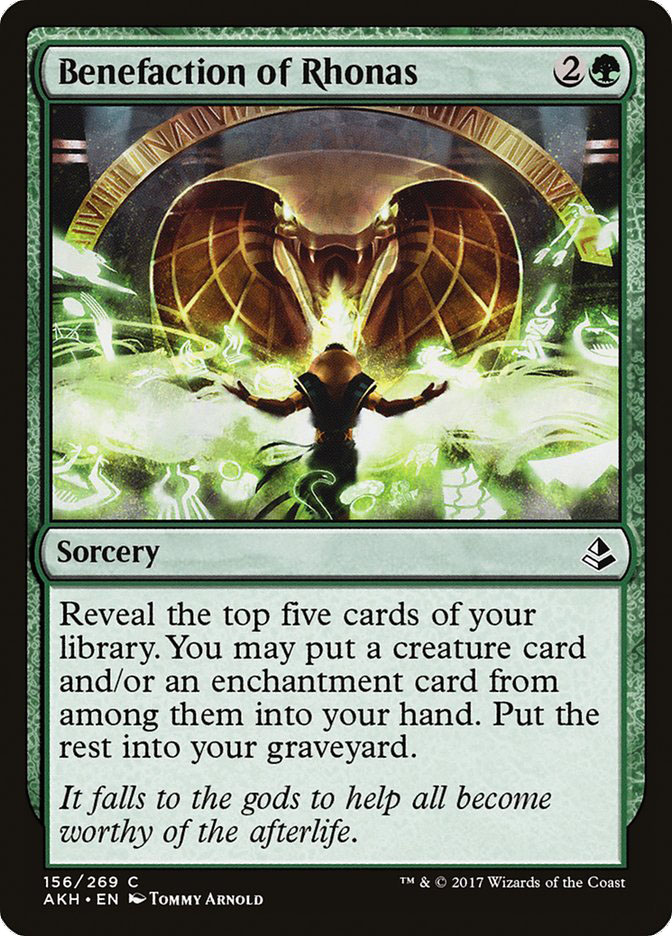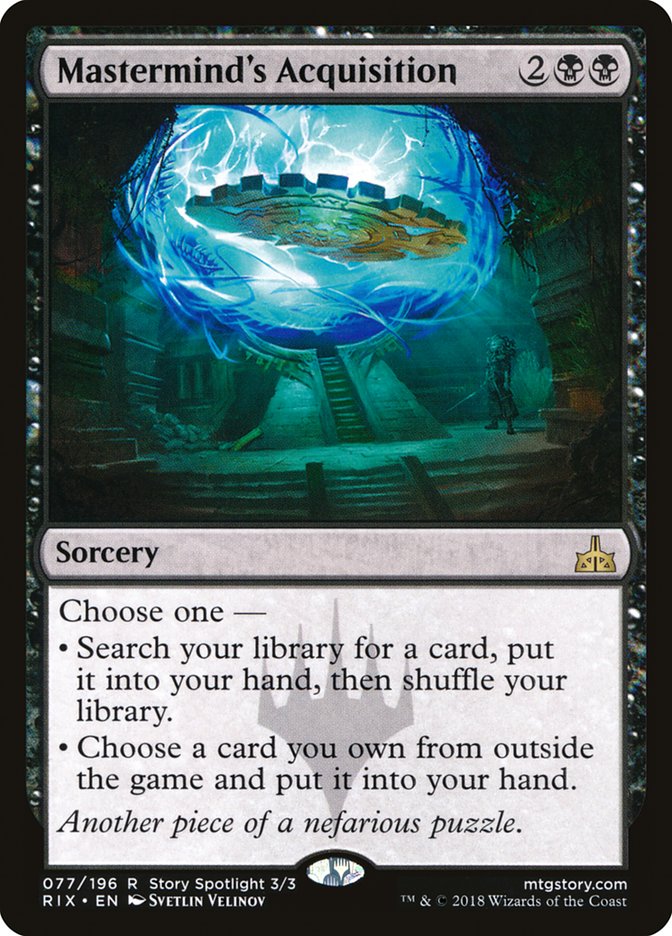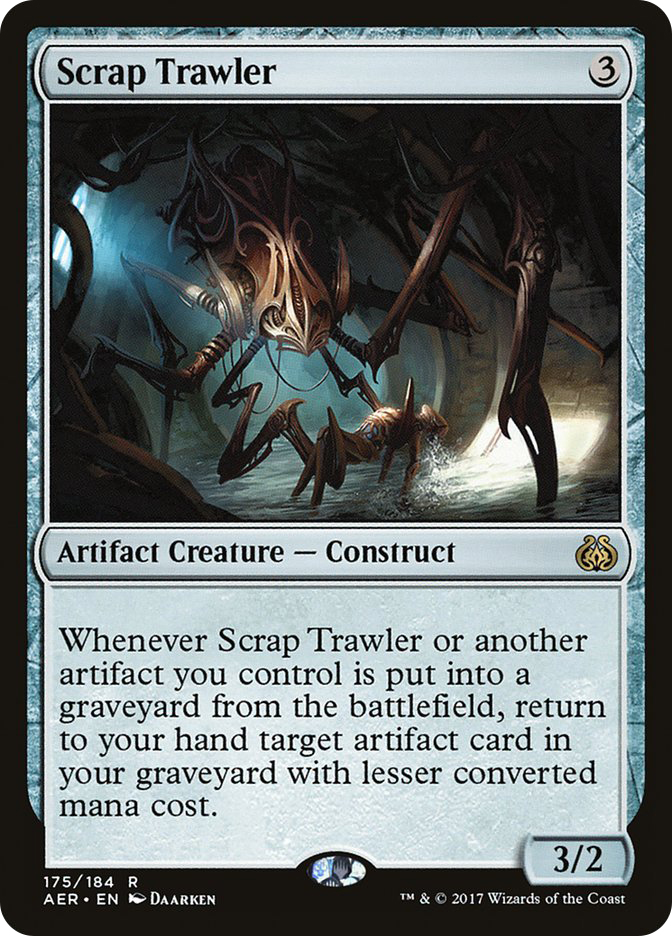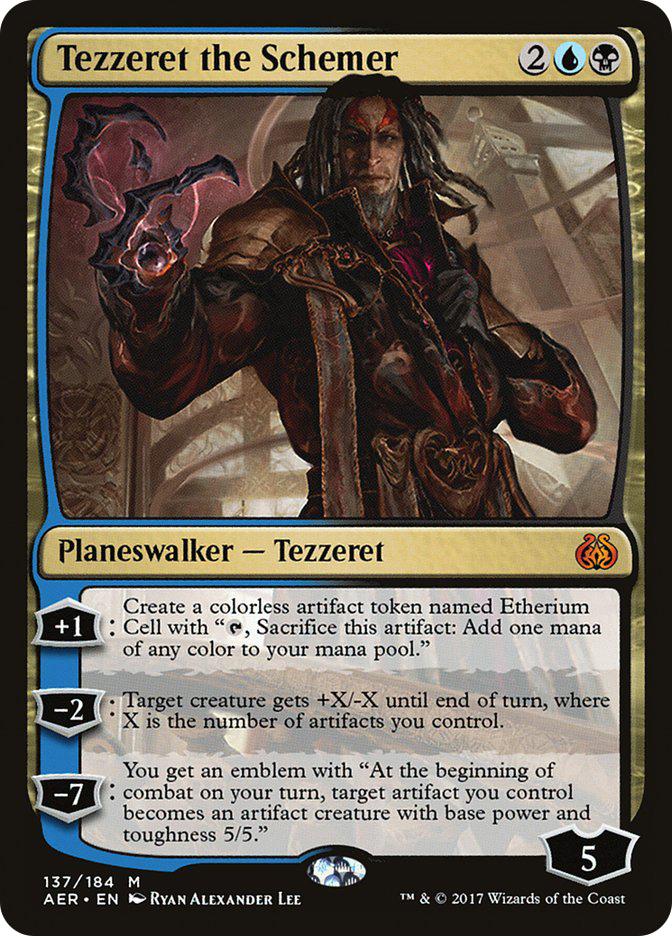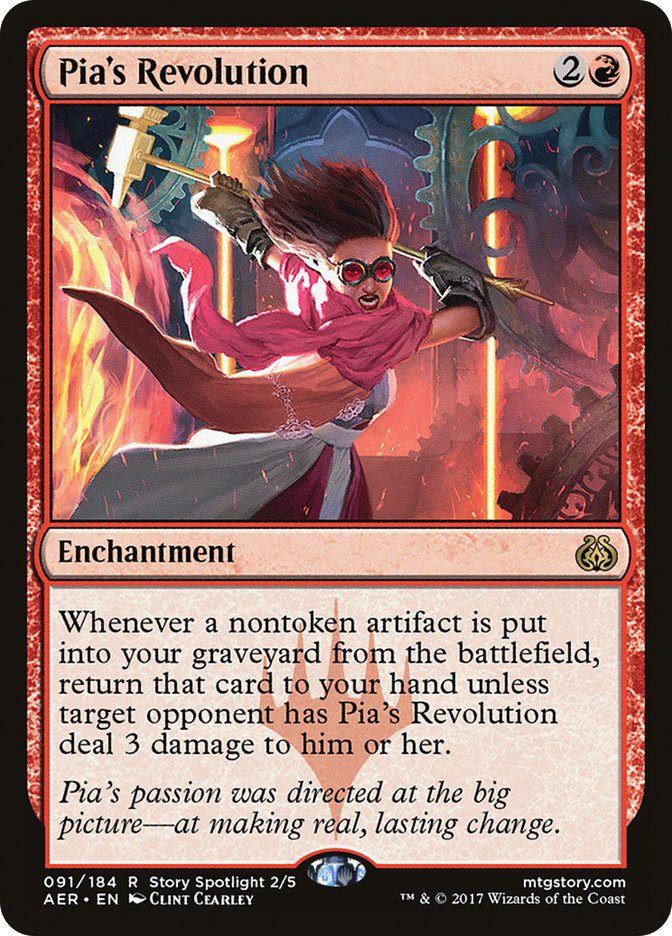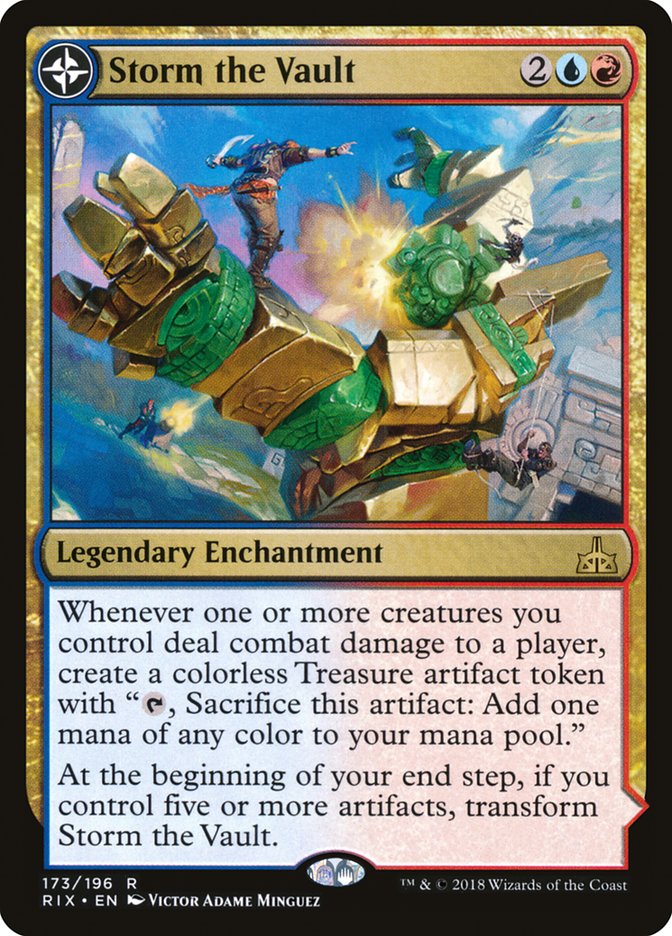When I think of Iconic Magic cards…
Necropotence is pretty near the top, but it was basically the fifth in a 50-card lineage of this type of thing. Where did it begin?
Lich is an all-time banger. Talk about a classic. While it was quite dangerous, it did enjoy a moment in the sun when Dark Heart of the Woods was printed in The Dark.
Dark Heart of the Woods could be combined with Fastbond to fuel Lich. Then, if your deck was roughly a third Forests (and Bayou), you could reasonably draw your whole deck. Casting Lich and playing that many Forests wasn’t trivial, but Dark Ritual and Black Lotus go a long way. With four sac-able lands, you can draw twelve cards. Then, maybe you’ve drawn four more, and though you take one damage from playing them, you can sacrifice Moxes, Underground Seas, extra Dark Hearts, etc. All the while, you’re getting more and more mana since they are all entering the battlefield untapped.
Lands (25)
Spells (35)

Even with just sixteen Forests, so many of the restricted cards draw extra cards, we’ll generally be drawing more Forests than we need, eventually letting us draw our whole deck and then win with a Fireball, a Braingeyser, or a Mirror Universe + Time Walk combo (remember, Lich sets your life to zero).
In retrospect, maybe I should have been playing four Balances…
A couple years later, one of the godfathers of Magic strategy writing, edt (Eric Danger Taylor), won the Type 1.5 championship (the precursor to Legacy) with something close to the following list:
Lands (29)
Spells (31)

The similarities to the Lich/Dark Heart of the Woods deck are obvious, but interestingly, this was the first successful tournament deck that used Necropotence to assemble a combo, rather than just for card advantage.
Fastbond lets you play Storm Cauldron way ahead of schedule, and then you basically have Channel from now on, since every time you tap a land, it bounces back to your hand, and then you can replay it to get another mana at a cost of one life. The biggest difference, however, is that this Channel gives you black mana, not just colorless. Even if you don’t have enough to finish off your opponent, usually you can Hymn to Tourach them and then Drain them for thirteen or something (with a full hand for next turn).
Not surprisingly, this deck got Fastbond (and Strip Mine) banned in Type 1.5/Legacy. It wasn’t long, however, before yet another take on this style of combo changed the face of tournament Magic forever.
Lands (25)
Spells (35)
- 4 Natural Balance
- 4 Vampiric Tutor
- 1 Drain Life
- 1 Power Sink
- 4 Prosperity
- 2 Memory Lapse
- 4 Impulse
- 4 Squandered Resources
- 4 Infernal Contract
- 4 Cadaverous Bloom
- 1 Elven Cache
- 1 Three Wishes
- 1 Emerald Charm
Sideboard

Bloom-Drain was the first combo deck to every truly enjoy widespread mainstream success, at least in Standard (then Type 2). It begun by leveraging Squandered Resources and Natural Balance to generate a lot of mana.
This helped propel it into a state where it could drop Cadaverous Bloom and then convert extra cards into two mana apiece, with Prosperity and Infernal Contract converting mana into cards.
In those days, you didn’t die from being at zero until the end of the phase, so you could Contract even at zero life, just needing to drain back up to positive numbers before passing the turn (perhaps, with an opponent now at zero).
This deck eventually led to the banning of Squandered Resources in Mirage Block, where the deck began.
“Yeah, I sold my soul… But you should see what I got for it!” – Erik Lauer
When Yawgmoth’s Bargain was printed, many pundits claimed the card was completely broken.
They were right.
It was super broken. Like not close.
One such broken combo deck was Jon Finkel’s Sabre Bargain deck from the 1999 Invitational, which he used to knock yours truly out of the top 2 on his way towards losing to Meddling Mage in the finals.
Creatures (8)
Lands (22)
Spells (30)
- 3 Yawgmoth's Bargain
- 4 Vampiric Tutor
- 4 Grim Monolith
- 2 Yawgmoth's Will
- 4 Dark Ritual
- 4 Soul Feast
- 3 Tooth of Ramos
- 3 Renounce
- 3 Voltaic Key
Sideboard

Once again, we see the recipe of paying life to draw cards, and then converting cards into mana, and finally mana into more life, thanks to Skirge Familiar and Soul Feast.
Yeah, not exactly the most efficient conversion rates, but when you’re drawing this many extra cards, sometimes you can get by.
Yawgmoth’s Bargain didn’t stop there, however. By that summer, Zvi Mowshowitz, who had famously sworn he would break Bargain, top 8’ed US Nationals with a list that actually did get the card banned.
Lands (20)
Spells (40)

Here, Zvi uses his Delusions of Mediocrity to gain ten life a piece, letting him draw even more cards and eventually set up a big Yawgmoth’s Will or Blaze.
It’s important to note, by this time, Tolarian Academy, Windfall, Stroke of Genius, Mind Over Matter, Dream Halls, Time Spiral, Lotus Petal, Fluctuator, and Memory Jar were already banned (along with Earthcraft and Recurring Nightmare).
WotC had already taken drastic steps to try to stop the seemingly unending combo winter. They had hoped they would not need further bans, and indeed, there was only one more needed for the next five years: Zvi’s Bargain.
There have been so many variations on these styles of combo decks, ranging from Necropotence/Final Fortune/Pandemonium/Dreadnaught types to Necro-Donate decks and more.
While not all versions of this type of effect have proven broken, it’s certainly one of the most notoriously exploitable types of cards ever printed. Well, Dominaria‘s commitment to honoring Magic’s rich history of Lich variants continues, and this one has a lot going for it… It’s almost, well… spooky.
Lich’s Mastery – 3BBB
Legendary Enchantment
You can’t lose the game.
Whenever you gain life, draw that many cards.
Whenever you lose life, for each 1 life you lost, exile a permanent you control or a card from your hand or graveyard.
When Lich’s Mastery leaves the battlefield, you lose the game.
Lich’s Mastery is a lot like the original Lich, but a couple major advantages to go along with that two-higher cost.
First, you can exile cards from your hand or graveyard, not just permanents. That’s a lot, lot better than just sacrificing permanents (though it’s important to remember that you’re still taking damage or losing life like normal).
Second, Lich’s Mastery has hexproof, which means no easy answers to force you to lose the game on the spot (though I’m sure they’ll print some cards that actually do kill Lich’s Mastery without targeting in a couple sets).
Okay, so what do we do with Lich’s Mastery?
Well, given my convenient highlighting of bunches of combo decks above, let’s start with a combo take.
When you’re starting with an open-ended draw engine that doesn’t actually require mana–just life–one of the first things to do is take a look at what ways there are to gain life.
Aetherflux Reservoir is a particularly interesting enabler because it can give you all the life you need without actually costing mana either, plus it throws in a win condition for good measure. That it really wants you to have one big turn is perfect for Lich’s Mastery, since the more cards Lich’s Mastery draws you, the more spells you’ll have to keep fluxing harder and harder. You’ll have to be careful when drawing your whole deck, since activating Aetherflux Reservoir requires 50 cards to exile, whether from hand, graveyard, or the battlefield. You’ll also have to be careful not to run out of cards in your deck (since the life gain card draw is mandatory).
You can definitely pull it off, but sometimes, it might be nice to make it easy on yourself.
Gideon’s ultimate has all new meaning in a world of Lich’s Mastery. Now, you have no need to fear drawing your whole deck. Once you have the emblem, you can just gain as much life as you want, draw your whole deck, and then activate all your Aetherflux Reservoirs (possibly even multiple times). Sure, you’ll end up exiling your hand, graveyard, and all your permanents, to go along with your empty library, but like any good Lich, you just can’t seem to die.
Here’s one such take on this concept:
Creatures (6)
Planeswalkers (3)
Lands (19)
Spells (33)

Here, the idea is to drop Lich’s Mastery and then immediately start cooking. If you’ve got Aetherflux Reservoir on the battlefield, it won’t take many zero cost artifacts until you can draw your whole deck. While there really aren’t all that many zeros in the format, Foundry Inspector and Jhoira’s Familiar turn all of your 1s into 0s, with Jhoira’s Familiar even accelerating your Lich’s Mastery.
Artifact Creature – Bird
Flying
Historic spells cost you 1 less to cast.
2/2
If you can pull this all together, things spiral out of control quickly.
1. Play one artifact and you draw two cards (Lich’s Mastery was the first spell, but didn’t draw any cards immediately).
2. Five cards total
3. Nine cards total
4. Fourteen cards total
5. Twenty cards total
6. 27 cards total
7. 35 cards total
8. 44 cards total
9. 54 cards total (which is already too many cards!).
Even with just two artifacts to follow, you’ll draw five extra cards, and hopefully draw at least one more artifact. If so, you’ll draw four more cards. Each artifact gives you one more extra card than the last, meaning you’ll quickly have an unbounded number of cards available to you, particularly with cards like Implements of Improvement and Navigator’s Compass.
Artifact
When Navigator’s Compass enters the battlefield, you gain 3 life.
T: Until end of turn, target land you control becomes the basic land type of your choice in addition to its other types.
I’m a little suspicious of the fragility of Foundry Inspector and Jhoira’s Familiar and could easily imagine us focusing on the Battle at the Bridge/Fumigate aspect of the deck, playing slightly more fair. Nevertheless, if we wanted to push the combo elements even more, there are other, halfway related combo packages we might merge with Lich’s Mastery. For instance:
Sram is another potentially explosive draw engine, and while there are no longer zero-cost equipment, there are more one-cost equipment and vehicles than we can realistically use. With Sram, they are all zero mana cantrips; however, I worry we’re setting ourselves up to be super vulnerable to a timely Abrade.
Creatures (11)
Lands (20)
Spells (29)

This is so many bad cards, and so many disruptible pieces. I guess maybe we could play stuff like Paradoxical Outcome or Baral’s Expertise to have more ways to potentially set up our Sram or Lich’s Mastery, but really stepping into a third color is not without risks.
If we’re willing to spend a little mana, some other options open up for alternative (or additional) life gain sources.
There are actually a lot of really interesting directions we might want to go with sources of life gain. Of course, there are also some interesting directions that open up, the more we move towards playing a control/ramp strategy:
Planeswalkers (3)
Lands (22)
Spells (35)

After all, what if we didn’t need to rely so much on winning immediately? Rather, we drop Lich’s Mastery and play on? Starting next turn, we’re going to have some pretty good turns, and we might not even be so reliant on Aetherflux Reservoir.
Is it possible that we might not even want to play the Reservoir?
Other interesting cards to consider:
Solid early removal coupled with extra cards late.
Potentially solid backup plan type of card that can be a zero-cost enabler for turns you start rolling. For instance:
Creatures (4)
Planeswalkers (3)
Lands (20)
Spells (33)

Board the Weatherlight is an interesting one.
It starts out as basically an Ancient Stirrings, but then for a mana more, you get legends, planeswalkers, and historic spells. That’s a pretty attractive deal, and being able to find Lich’s Mastery, Aetherflux Reservoir, Gideon of the Trials, or any of the numerous artifacts is so much flexibility, to say nothing of tactical considerations, like finding Inventors’ Fair or any legendary spells we might happen to play, like Sram, Senior Edificer or Urza’s Ruinous Blast.
Hell, we might even just be interested in stuff like Profane Procession or Cataclysmic Gearhulk or splashing blue.
Another possibility to consider is a much more colorful style with Jhoira, Weatherlight Captain.
While more expensive, Jhoira is like a Sram that actually works with everything.
Additionally, between Sram, Gideon, Jhoira, and more, there comes a point where we can seriously consider Mox Amber.
Mox Amber is particularly attractive if we can reasonable often get black mana out of it, which might help sweeten the pot, when it comes to borderline creatures like Kambal, Consul of Allocation.
Maybe we’re supposed to be even more midrange-y and start adopting creatures left and right.
There is certainly no shortage of extremely attractive fives, and some of the cheaper life gain creatures are very respectable.
Lich’s Mastery has such a profound impact on the game, we may need to reevaluate a lot of strange cards. For instance, take Trespasser’s Curse:
Okay, first of all, this card is legal.
Second of all, normally, we’d never give targeting with this thing a second thought. However, you can legally target yourself, and while your life total will keep ending up the same, Lich’s Mastery actually has a rather strange interaction with the card. Now, every time a creature enters the battlefield under your control, you both gain and lose a life, which means you draw a card and must exile a card from your hand, graveyard, or the battlefield (which is generally quite a bit better than looting).
Gonti’s Machinations is an interesting card to end up with on the battlefield when you drop Lich’s Mastery. After all, what’s the rush to sacrifice it? Why not just wait until you have a Lich’s Mastery on the table? Who knows, maybe it ends up serving as a source of energy in the meantime anyway?
Low opportunity cost if we’re playing a reasonable number of cheap creatures.
Kind of an interesting way to put all these random one and two-cost artifacts to good purpose… namely, playing Lich’s Mastery ahead of schedule. And besides, once we’re playing all these cheap artifacts that sacrifice and Inspiring Statuary…
There are so many cards worth considering with Lich’s Mastery, ranging from the quiet, unassuming minor role players like Crypt of the Eternals.
There are opportunities for synergizing with existing archetypes, like with Anointer Priest.
There are paths involving fewer life gain cards, but more efficient ones because of synergy with other parts of our deck.
There are other ways of finding Lich’s Mastery:
And even just adjacent strategies that already use so many of the same cards:
Heck, sometimes just having a ton of artifacts is its own reward…
Calling “The Next Zvi,” repeat, calling “The Next Zvi.”
The Antiquities War – 3U
Enchantment – Saga
(As this Saga enters and after your draw step, add a lore counter. Sacrifice after III.)
I, II – Look at the top five cards of your library. You may reveal an artifact card from among them and put it into your hand. Put the rest on the bottom of your library in a random order.
III – Artifacts you control become artifact creatures with base power and toughness 5/5 until end of turn.
You’re needed in the metagame. There’s a format to break…


